Carving the Mask: Notes on Re-entering Tomorrowland
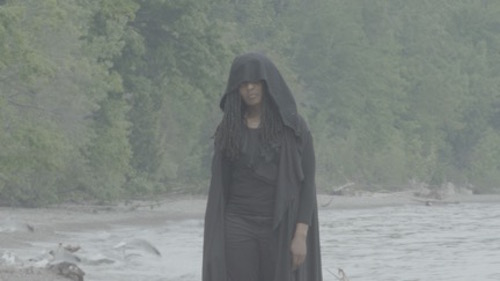
A surrender
Vessel and vehicle for interstitial visions
City that never sleeps
I. Divided Mind
Sometimes when I set about writing I want also to be somewhere else. This time it is with friends in mourning. I hold grief and its ambiguities alongside various experiences of death in a shuttered silence writing longhand. Lies I later strikethrough.
II. “Tomorrowland”
The first weekend of June this past summer I drove up to Milwaukee to see my friend, poet Lisa Samuels, and participate in a few days of shooting for the adaptation director Wes Tank is making of her epic Tomorrowland—a book-length poem with recurrent personae and sustained focus on transcultural transmigrations. I didn’t have an assigned role and was open to doing whatever was asked of me to assist (within reason and the limits of my abilities).
When I arrived and Wes had the opportunity to meet me, I was asked to play Jack/Death (aka Diablo). I had brought a few items of black clothing as requested and was provided with a black sleeveless cloak to complete and solidify the ensemble—voila! Jack/The Reaper.
Friday evening, we gathered for a potluck dinner for the production team and talent to meet, and for all to get a sense of the director’s basic vision, themes, and the loosely defined script. Saturday we shot in three locations: the lakefront at Silver Spring Park in Whitefish Bay, Wisconsin; a Milwaukee studio space (for green screen work); and at the Historic Mitchell Street Sun Fair on Milwaukee’s south side. Sunday we reconvened in Milwaukee’s Havenwoods State Forest. Jack/Death was present or lurking about at three of the four locations.
Mostly I was to improvise informed by image and intuition, so late Friday night Wes sent me language/dialogue culled from the book to ground my sense of the character of Death. It seemed that much of our work for the weekend shoot was shaped by the resonance of Lisa’s Tomorrowland audio CDs (2012)—now accessible at PennSound—and four of Tomorrowland’s eleven sections—six, seven, nine, and ten: “Bulwarks,” “Landed gently,” “All the buildings made of voices,” and “The body’s charge,” respectively.
Silver Spring “Tomorrowland” Selfies aka Death and the Smartphone Mirror Stage
![Foreground Duriel E. Harris as Jack/Death, background Lisa Samuels as EULA (End User Licensing Agreement). (photograph provided by author)]](https://static.poetryfoundation.org/o/harriet/2016/08/Harris2-1.jpg)
![Foreground Duriel E. Harris as Jack/Death, background Lisa Samuels as EULA (End User Licensing Agreement). (photograph provided by author)]](https://static.poetryfoundation.org/o/harriet/2016/08/Harris3-1.jpg)
At the Sun Fair we were a conspicuous crew with our cameras and strange garments. Lisa as EULA, so blatantly silver and most otherworldly—having only recently landed—was the primary spectacle. As Death, I moved through the crowd nearly unnoticed and watched EULA for a time in her encounters with a street performer. And for a time, I was Death. I imagined that my touch would hasten the oncoming permanent end of vital processes in anything upon which it lit. And that my cloak would wither all against which it brushed and over which it passed. Death moved as an observer, alternately attentive and disinterested—mind and intention following where the eye would light, then moving on. Sometimes studying the details of a face, the curve or angle of a jaw. I was careful to bless the children and hold no one’s gaze. I did not speak but forced my breath through my throat and sinuses filling my head with the sound of hot air and a faint whistle. Sometimes a low groan echoed.
Death stood near a group of policemen who were waving and nodding, eager to participate in the filming. One version of Death, I imagined, would find them curious but I vowed to leave them be. A blond officer flirted with Death, asking me out. His buddies smiled but seemed a bit more wary, watching the crowd—especially the men who’d taken interest in the actors and the crew. Death was unfazed. The blond smiled warmly, joking and winking, saying that I could “take him anytime, anywhere.” Unsettled, I moved my breath forward to ask, “Do you know who I am?” “You don’t want to speak that,” I warned, then moved away.
III. For a time, when I was called Death
For a time, when I was called Death—only Lisa would call me Jack—the concept framed my sense of myself in the realm of language. The name had its powers. It was a mark deeper than the skin, more profound than a melanin cast of social outlier/object. It was like my given name: when called it, I came.
Roving as Death offered me a new vantage point. I had no desire. There were so many living beings and all were available to me so none had any special appeal. Such abundance! And I was in no rush, no hurry. What could be said of any of the living? The not-yet dead. Death. A state more real than any human imagination could make. It sought no master and sought to master none. To have neither hunger nor thirst. To be complete. Mind/No Mind. To have a voice but no compulsion toward utterance. Ubiquitous and radically present—not a disembodied voice but rather embodied in all things living and perhaps in all things.
Was that the reason for the Hebrew name Azrael, to identify the Angel of Death? Translation: “One Whom God Helps.” Any pleasure in the reaping seemed fleeting. For Death, moving indifferently toward itself in the living, sensing bodies’ singular desire and momentum, the accumulation of one drive to dominance or the cessation of another, there was no rest. All of the living would come. And many arrived at every moment.
So, it was Duriel who would not touch, who would not brush by, who would not move in to groom, to court, to occupy. The vantage point gave me an increased compassion for humans and other living beings—for those in the temporary state of aliveness. That state. Something for an organism to be protective of.
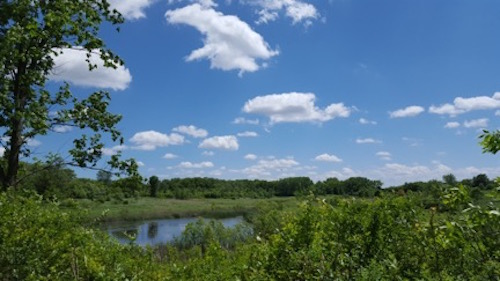
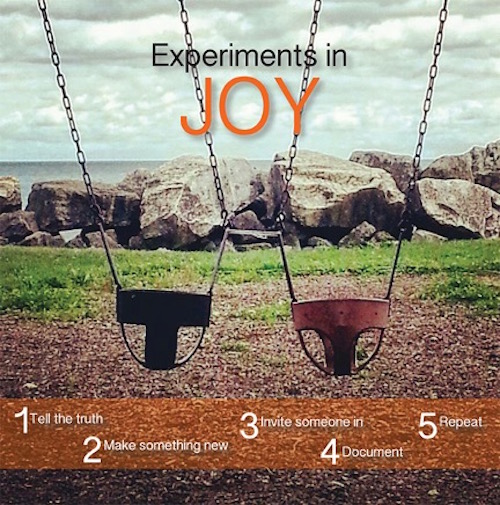
In a newly initiated poetics project, I am inviting poets and artists to participate in my creative-critical arts practice by attending to the Call & Response Performance Ensemble’s prompt to conduct Experiments in Joy (first announced at Antioch College in 2014). Folk are invited to share reflections and creative works towards shared joy and our collaborative creation of the worlds we inhabit—and the worlds that inhabit us. This is one of the responses.
***
Experiment in Joy: tether
tammy ko Robinson
Seoul, South Korea
![Where I Sound Myself, HD Video 16:9. Color. 2013 Zeega interactive. Installation iteration archived in losarchivosdelcuerpo[bodyfiles] animated by Dalida María Benfield](https://static.poetryfoundation.org/o/harriet/2016/08/Harris6.jpg)
1. lead
This work was a part of move with consequence, a series that accompanied an attempt to write an adoptee memoir of my being drawn into an investigation by a detective on my case as a missing child dis/placed in migration. What resulted was a kind of primer re-examining my investments in a moving-image-sound practice as I came out of a kind of grieving regarding the many social deaths involved. It was like I had been left with traces by my former self, became an itinerant in remigration, and landmarks were rendered meaningless. I couldn’t unpack. I didn’t know where my things were supposed to go, how to read any clues that may have supposedly been placed indicating who I was before, and I couldn’t reach my elders. I became so focused on painful contexts that condition proximities and distancing, as well as the unsynching of sound and image, and intensities of color and memory as my material, that for some time I forgot how to work as an artist with joy.
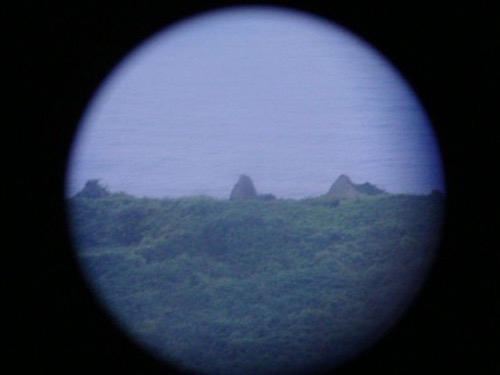
2. return to sea
Theresa Hak Kyung Cha and Michael Taussig respectively refer to the conjuring of the ‘magical hour’ sought by filmmakers, and for me this resonates with how to answer the question Experiments in Joy poses to us about what is irresistible. This series stems from my study of how so many folktales in South Korea index shifts in family formations imbricated with loss due to colonialism, war, semi-occupation, state-based disappearances, neoliberalism, and yet seek the one moment where they can be reunited. Among tales that are well known and have been translated into multiple languages, there are singularly haunting figurations of orphans, separated siblings, grandparents aging alone, and lovers separated and then drawn together via paranormal conditions. Together we accumulate as “White Dust seeking water.” This first image in the series was taken together with Anja Michaelsen, whose work on shared interests of affect and archiving has had a great effect on me. Each image since produced is the result of locating a viewer set on a distinctive set of coordinates in what I feel is a kind of post-Bari/post-Homeric search for new grammars of belief. The images individually are the result of transfigurations or little episodes where what one can or cannot see is determined by the meeting of specific conditions (e.g. time of day, season, the location of the stars overheard), and the ensemble together underscores the potentializing of a collective return.
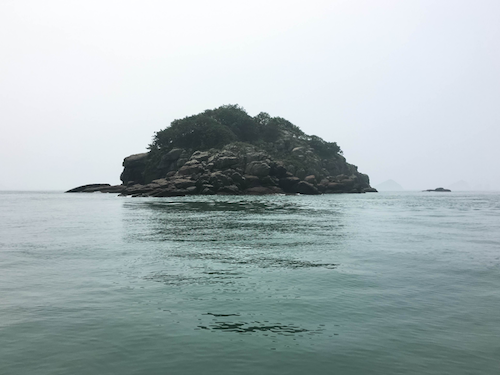
3. a/part
I’m interested in interrogating what conditions identities and boundaries, circumscribes freedoms, and also delimits solidarities. As Angela Davis has taught many of us in realizing connections from slavery and prison abolition to ending racist violence globally, “justice is never partial.” As someone in remigration, this endeavor involves questioning the relationship between how the empire of the U.S. and the nation-state of South Korea that emerged after the end of World War II thinks about itself as a divided peninsula. You generously lent your voice a text piece, two breaths, I had written for one of the installation iterations of Where I Sound Myself. The audience was invited in as a companion, joining one member of a diaspora and forced disappearance in tracing capillary patterns and coordinates in how biopolitics, capitalism, and racisms have been circumscribed around the Atlantic and the Pacific. The overall metrics of the piece are based on studying various elegies, sonnets as memorials, public monuments, and Buddhist koans. For the latter, at first I had a particular interest in the timing of the intake of breath while making the motion of bowing and rising in prayer as a kind of testament to the disequilibrium in sometimes feeling anger and sadness and hope. What I hope wins out in the experience is the critical reminder that arrives at the moment when five points of our body touch the earth that connects us all--we have all we need in each other and change is underway.
Duriel E. Harris is a poet, performer, and sound artist. She is author of the poetry collections No ...
Read Full Biography

